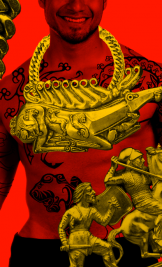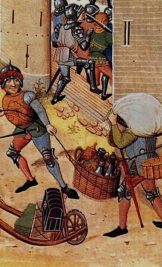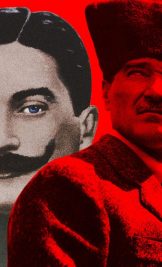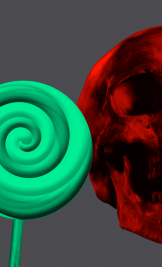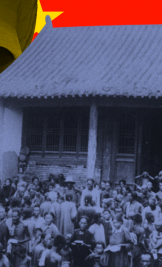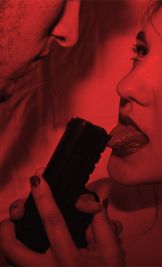

Heavy haute couture: a collection of the world’s most expensive armor
One of the largest departments in the Metropolitan Museum of Art in New York is dedicated to weapons and armor. We have
Beautiful armor is a product of the Late Middle Ages and the Early Modern period. The most beautiful and expensive suits belonged to monarchs and the richest magnates of Europe, so they were unlikely to ever participate in a real battle. But they are well preserved, unlike the old chainmail and split helmets of real warriors.
Gradually, ceremonial armor became less and less comfortable, but more intricate. No one planned to fight in it, because unlike the 12th-century king Richard the Lionheart, a rare monarch of the 16th century was eager to fight with an axe in his hands. Needless to say, such armor cost a fortune. While the English king Henry VIII ordered simple infantry armor for his soldiers in Florence for 16 shillings 16 shillings per set, the monarch himself had his armor forged by the best blacksmiths in Germany and Flanders in a specially equipped workshop in Greenwich. This is hardly blacksmithing, but a job for a couturier.





















